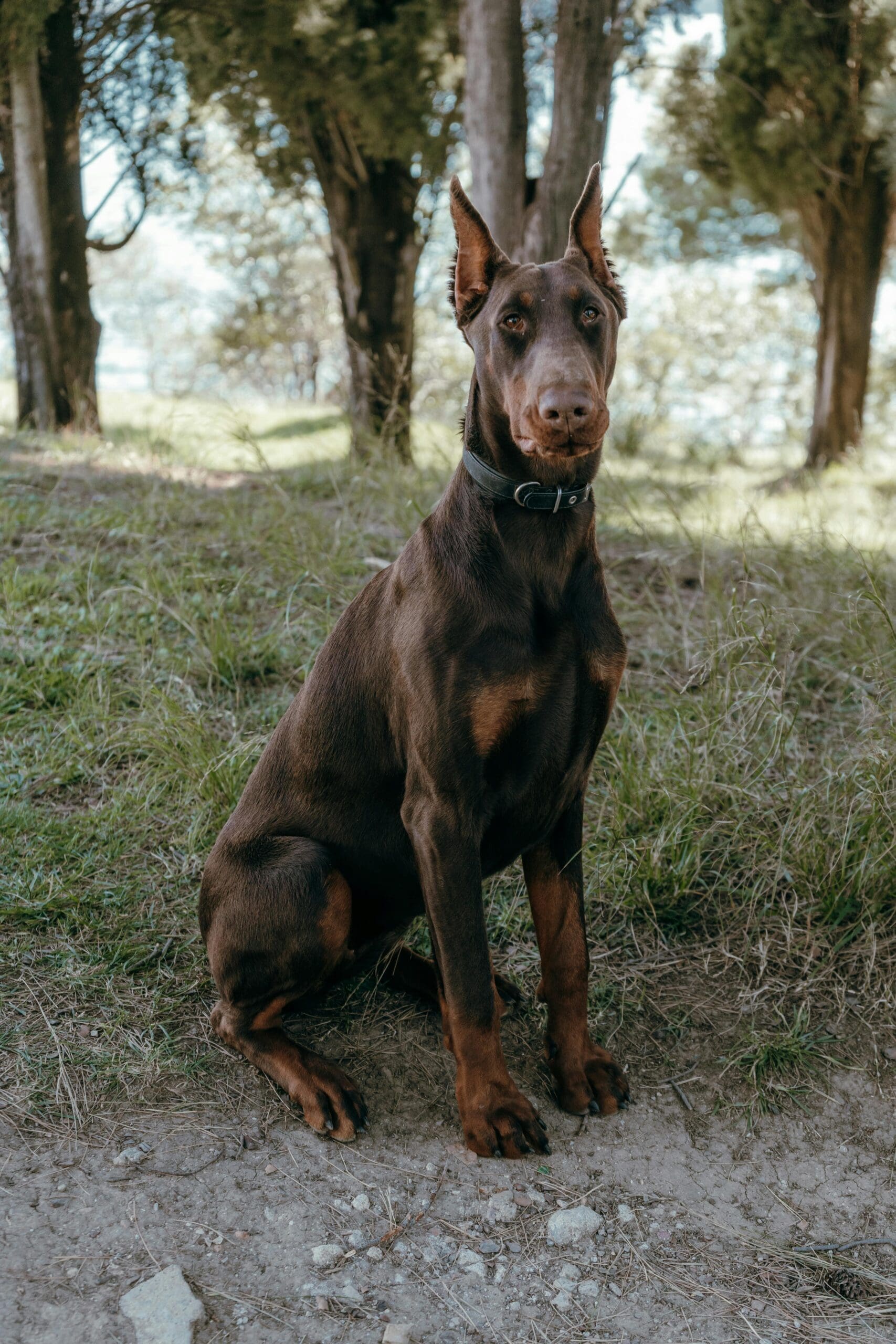As a new puppy owner, it’s common to wonder how often your new companion will need to pee. Puppies, with their small bladders and energetic nature, have unique bathroom needs. Recognizing these habits is crucial for effective training and ensuring their well-being.
Frequency of Urination
Puppies typically need to relieve themselves every one to two hours. This frequency can vary based on several factors, including age, size, health, and diet. Young puppies, particularly those under six months, tend to require more frequent bathroom breaks. As they mature, their bladder capacity increases, allowing them to hold it for longer periods.
A helpful rule of thumb is that a puppy can hold its bladder for approximately one hour for each month of age, up to six months. For instance, a three-month-old puppy may need to go every three hours, while a six-month-old can manage about six hours. However, individual needs may differ, so staying attuned to your puppy’s signals is essential.
Impact of Size and Activity
The size of the puppy plays a significant role in bathroom habits. Smaller breeds, such as Chihuahuas and toy poodles, generally have smaller bladders and may require more frequent potty breaks compared to larger breeds like golden retrievers or German shepherds. Additionally, active puppies that consume plenty of water will likely need to urinate more often. Monitoring your puppy’s drinking habits can help you anticipate their bathroom needs.
Health Considerations
Health issues can also affect how often a puppy needs to urinate. Conditions like urinary tract infections can lead to increased frequency or difficulty controlling their bladder. If you notice sudden changes in your puppy’s bathroom habits, consulting a veterinarian is wise. Early detection of health problems can lead to better outcomes for your pet.
The Role of Diet
Diet is another crucial factor influencing how often puppies need to pee. A balanced diet tailored to their growth is vital. Puppies on wet food diets may need to relieve themselves more frequently than those on dry food. Ensuring your puppy has access to fresh water while monitoring their intake can help you gauge their bathroom schedule.
Establishing a Potty Routine
Creating a consistent potty routine is vital for young puppies. Regularly taking them outside at specific times—such as first thing in the morning, after meals, after playtime, and just before bed—reinforces good habits and helps prevent accidents indoors. This structure provides the guidance puppies need as they learn where it’s appropriate to relieve themselves.
Recognizing Signs
Puppies often exhibit certain behaviors when they need to go outside, such as sniffing around, circling, or whimpering. Learning to recognize these signs is key to preventing accidents. Paying close attention to your puppy, especially during the early stages of training, will help you respond quickly to their needs.
Handling Accidents
Accidents are part of the learning process, and it’s crucial to remain patient. Young puppies are still developing bladder control, so if one happens indoors, avoid scolding. Instead, clean the area thoroughly to eliminate lingering odors that might encourage repeat offenses. Celebrating when they relieve themselves outside reinforces the desired behavior.
The Impact of Socialization
Socialization also affects a puppy’s bathroom habits. When exploring new environments, excitement can lead to more frequent urination. Regular outings help puppies adjust to different situations and reduce anxiety, contributing to better bathroom habits over time.
Transitioning to Adulthood
As puppies mature, their need for frequent bathroom breaks will decrease. Most adult dogs can hold their bladder for about six to eight hours, depending on their size and health. However, it remains essential to provide regular bathroom breaks to maintain their health and happiness.
Addressing Anxiety
Some puppies may experience separation anxiety, leading to increased urination. If your puppy seems distressed when left alone, exploring ways to help them feel more secure can be beneficial. Gradually increasing their alone time, along with providing toys or treats, can help them adjust.
Teaching Communication
Teaching your puppy to signal when they need to go outside can reduce accidents and foster independence. Some owners find success using bells or a tapping method on a door to facilitate communication between them and their puppy.
Monitoring Health
Regular veterinary check-ups are essential for monitoring your puppy’s health as they grow. If you notice sudden changes in urination frequency, discolored urine, or blood, seeking veterinary care promptly is crucial for your puppy’s well-being.
Navigating Puppy Ownership
Understanding a puppy’s bathroom needs and establishing a routine will ease the transition into puppy ownership. Consistency, patience, and attentiveness to your puppy’s individual needs will lead to successful potty training and a stronger bond between you and your new companion. Celebrate the small victories along the way, as they contribute to the overall growth and development of your puppy into a well-adjusted adult dog.



